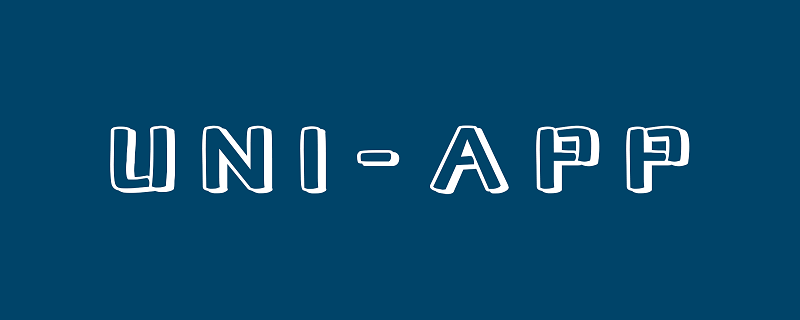
Method: 1. Download the component and extract it to the uni-app root directory; 2. Import the component in the specified page, with the syntax "import component name from "component file address""; 3. Define it in the components option Component; 4. In the template node, follow the component usage instructions, call the component and pass the value.

The operating environment of this tutorial: Windows 7 system, uni-app version 2.5.1, DELL G3 computer.
This article takes badge (digital badge) as an example to explain how to download and import components from the plug-in market.
1. Download the component
From the plug-in market badge details page, click the "Download" button. After the download is complete , extract it to the uni-app root directory.
2. Import components
Assume that page-a.vue page needs to use badge, then ## Import the badge component under the script node of #page-a.vue, as follows:
import uniBadge from "@/components/uni-badge/uni-badge.vue"
3. Define the component
badge component in the components option, as follows:
export default {
data() {
return { /* ... */ }
},
components: {
uniBadge
}
}components option and separated by commas.
4. Use the component
In thetemplate node, follow the component usage instructions, call the component and pass the value, as follows:
<uni-badge text="1"></uni-badge> <uni-badge text="2" type="success" @click="bindClick"></uni-badge>
<script> import uniBadge from "@/components/uni-badge/uni-badge.vue" /* import 导入的其它组件 */ export default { data() { return { /* ... */ } }, components: { uniBadge, /* 其它组件定义 */ } } </script>
Uni-App from entry to practical tutorial
The above is the detailed content of How to download plug-ins in uni-app. For more information, please follow other related articles on the PHP Chinese website!
 The difference between flutter and uniapp
The difference between flutter and uniapp
 Bitcoin trading website
Bitcoin trading website
 What software is ae
What software is ae
 Official download and installation of Euro-Italian Exchange app
Official download and installation of Euro-Italian Exchange app
 How to use question mark expression in C language
How to use question mark expression in C language
 What are the methods to prevent sql injection?
What are the methods to prevent sql injection?
 Introduction to the usage of rowid in oracle
Introduction to the usage of rowid in oracle
 How to cancel automatic renewal on Baidu Netdisk
How to cancel automatic renewal on Baidu Netdisk
 SQL 5120 error solution
SQL 5120 error solution